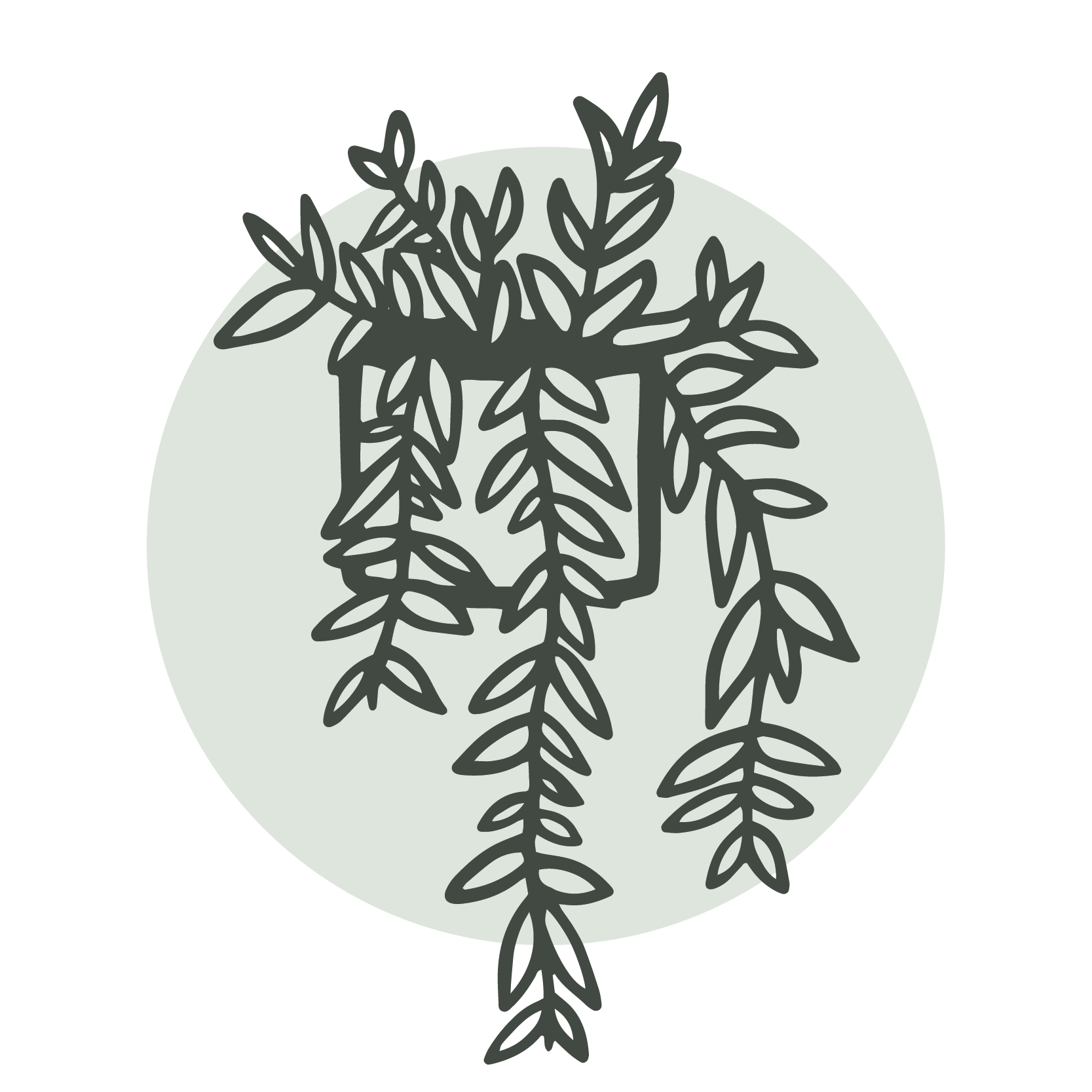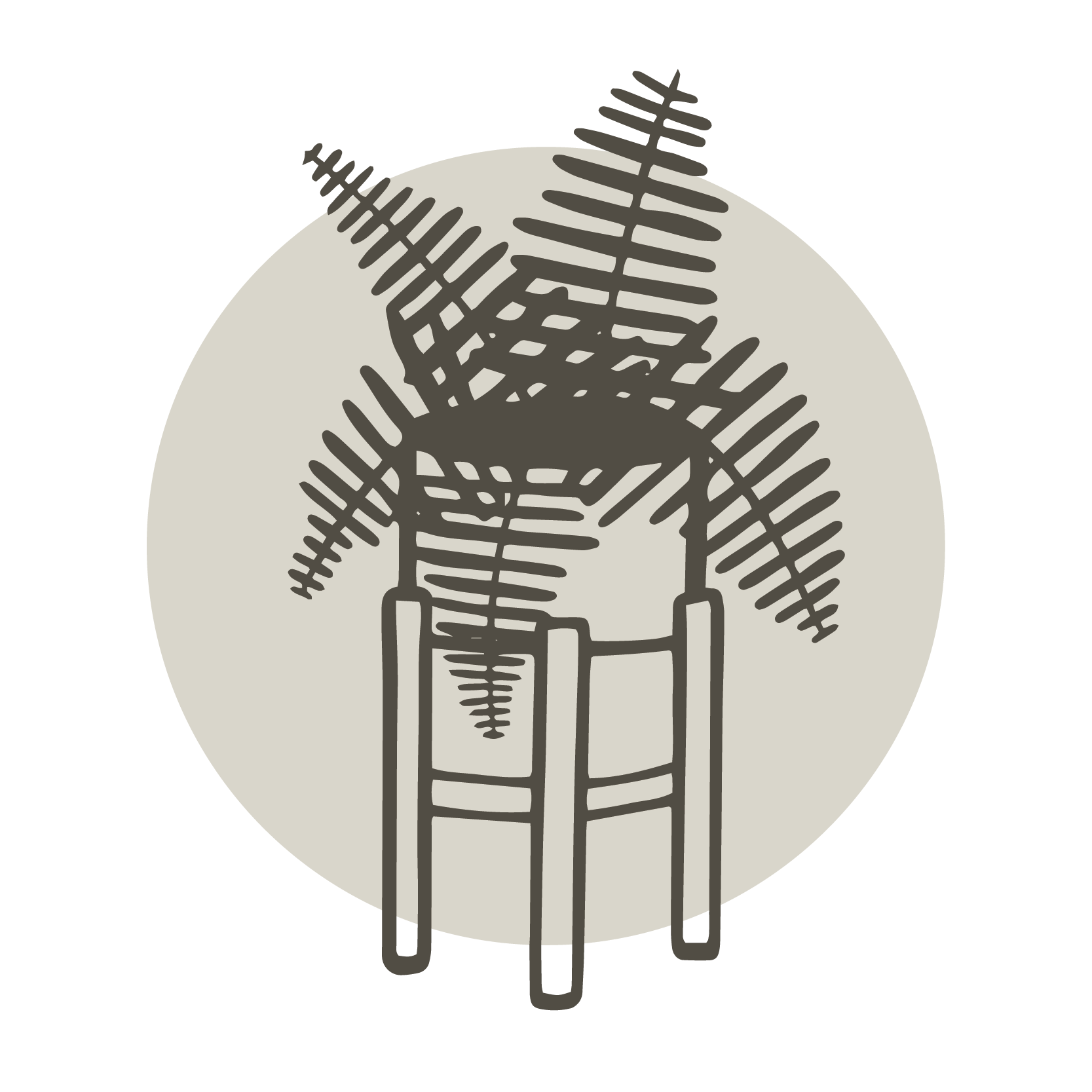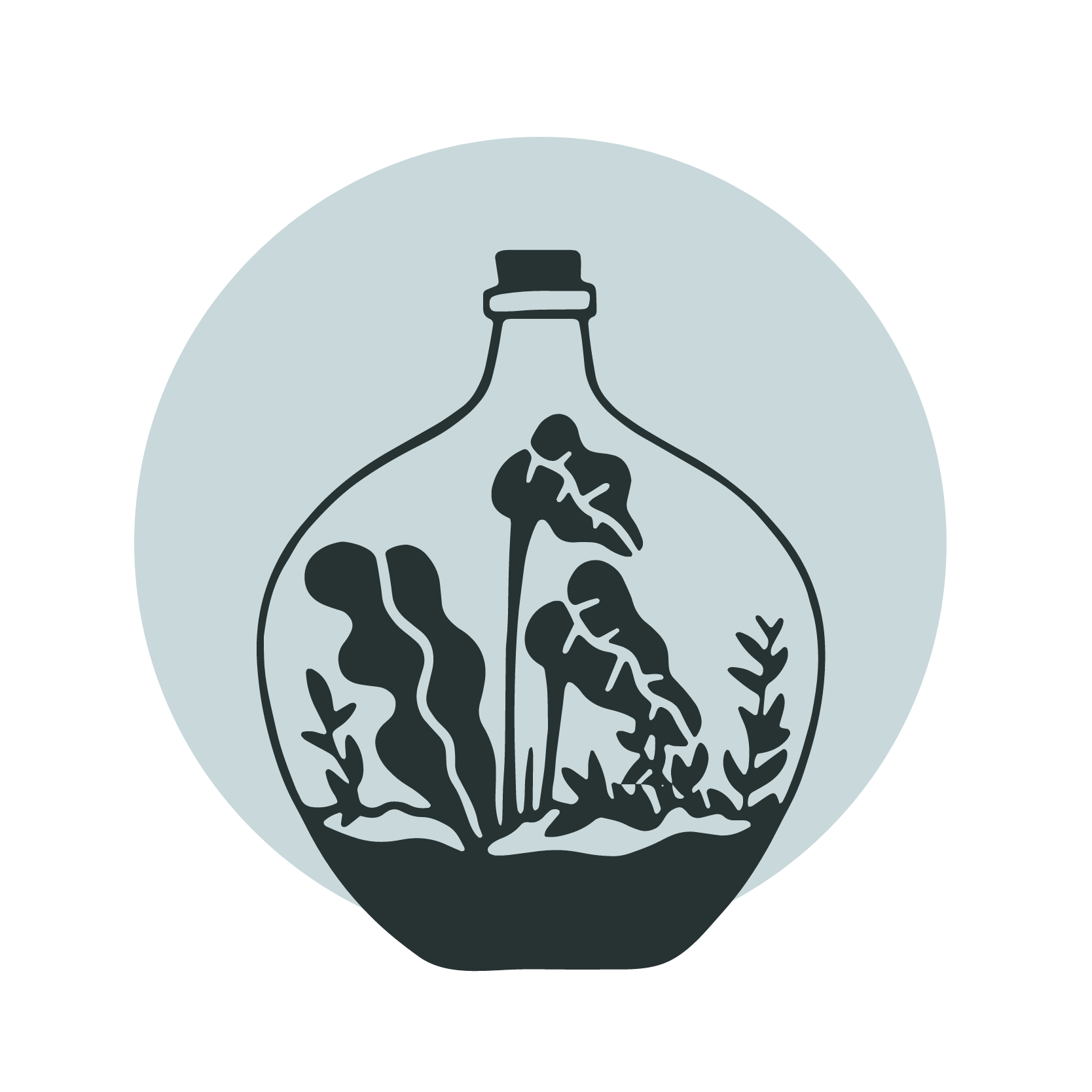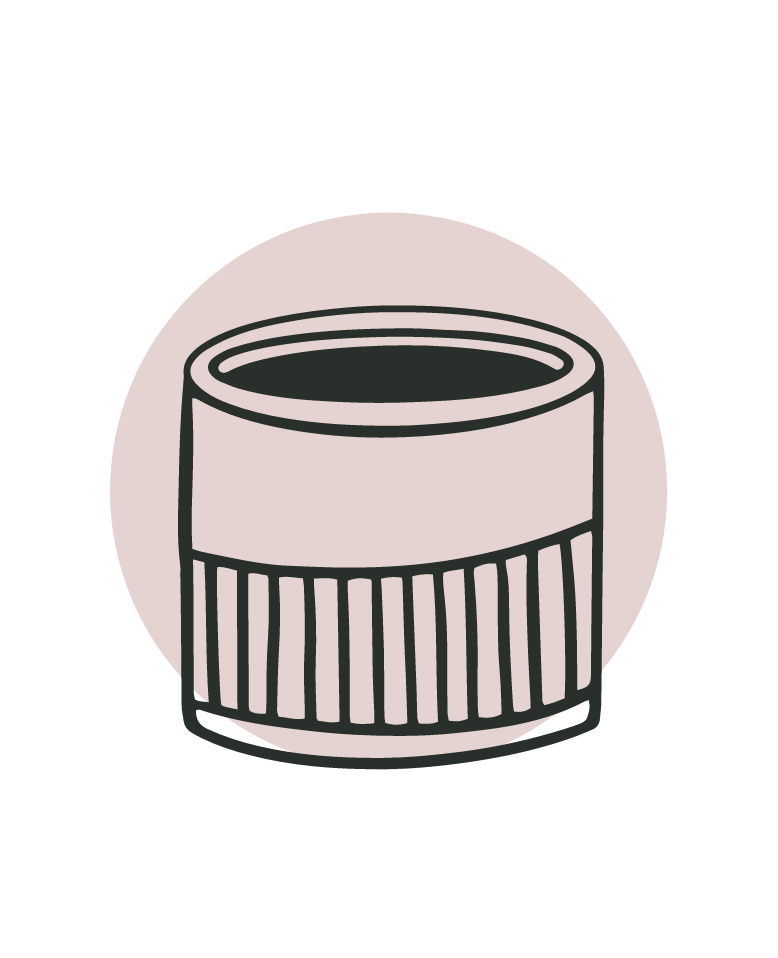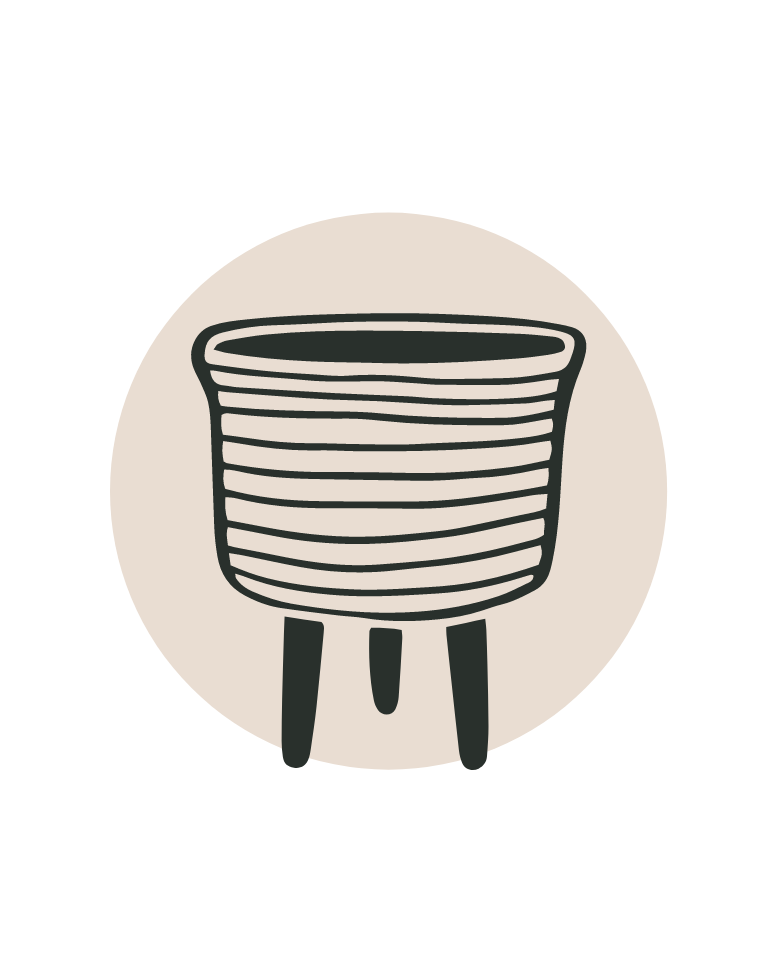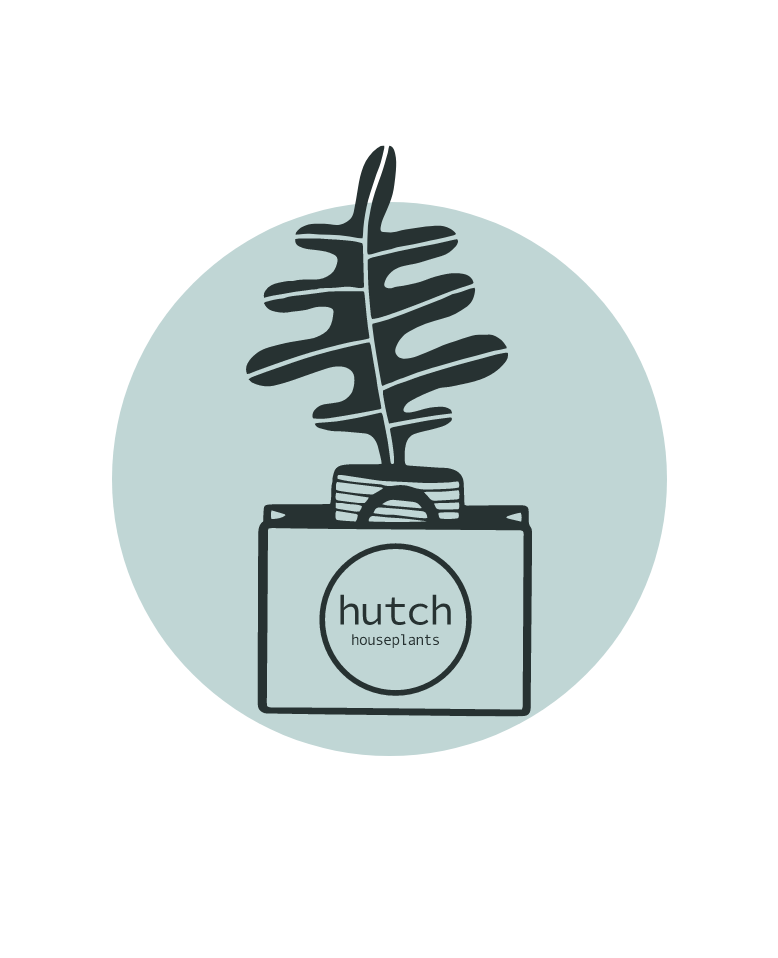Your cart is empty
Keep Shopping
If you missed our most recent chat with Toby Buckland over on BBC Radio Devon, you can listen back to the whole show over on BBC Sounds here.
This week, we took some time to focus on another absolute classic; Devil’s Ivy.
What’s in a name?
Epipremnum aureum, more commonly known as Devil’s Ivy, is so called due to it’s indestructible and invasive nature, which makes it both problematic in some habitats, and excellent as a houseplant!
The vine originates from the tiny French Polynesian island of Mo’orea, which, with a population of 16,000 people, lies 17km off the coast of Tahiti, deep in the South Pacific. However, over the years Devil’s Ivy has been spread to the far corners of the globe and can be found growing wild in many countries such as Australia, China, India and Japan. It’s invasive nature means that without natural competition, it can carpet forest floors and swallow the trunks of trees, causing severe ecological disruption, as has been seen in the rainforests of Sri Lanka (pictured below).

This ability to adapt to, and grow in, a wide range of habitats mean that it is a perfect houseplant which is happy in a range of positions and aspects within the home.
Breath Easy
One key consideration for people buying houseplants in 2020 is the impact that they have on the quality of the air in your home. Whilst removing carbon dioxide from the air and pumping oxygen out into it, in itself is great for fighting air pollution, some houseplants do much much more than that.
Cancer causing chemicals such as formaldehyde and benzene, more broadly known as Volatile Organic Compounds (VOCs) can be found in a startlingly large list of items that you can find in your home; from paints to polishes, cosmetics to furniture. Whilst VOCs are typically only found in low levels around the home, research suggests that long term exposure can result in health complications.
Studies that have been undertaken over the years, including an in depth piece of research by NASA has highlighted that certain plants are particularly effective at stripping these VOCs from the air, cleaning it in the process.

Epipremnum aureum has long topped the list of effective air purifiers that you can bring into the home. However, back in 2019, scientists at the University of Washington in Seattle went one step further. Through the introduction of a synthetic version of a gene found in rabbits, scientists were able to significantly increase the effectiveness of Devil’s Ivy at air purification, by causing the plant to make an enzyme to break down VOCs like chloroform and benzene and transform them into harmless molecules that it could use for it’s growth.
Whilst there is an ongoing debate about the quantity of plants that you would need to take home to effectively clean the air, if you start with Devil’s Ivy, you definitely can’t go wrong!
Top Tips
As already mentioned, Devil’s Ivy is not too fussed about where you place it. An ideal spot would give it access to bright indirect light, however a shadier position will also work. Be careful to avoid too much direct sunlight which can burn the leaves and strong direct drafts from radiators.
Keeping the vine humid is important, particularly as it grows, so regular misting helps. However, be careful not to overwater the plant as it is particularly susceptible to rotten roots if you do. We recommend watering roughly once a week, waiting for the top couple of inches of compost to dry before watering. Avoid sitting the pot in water for any length of time.
As a trailing vine, Devil’s Ivy does not have an enormous root structure, so avoid regular repotting and only go up one pot size at a time. We recommend a free draining compost, ideally a coir compost. Alternatively, a good multipurpose with a few handfuls of perlite works well.

Propagation of the vine is easy; simply take a cutting a few cms below where the leaves join the main stem; these contain nodes for rooting and growth. You can either pop your cuttings in a glass of water for a few weeks (changing the water regularly) to allow roots to develop, or pop it straight back into compost.
Devil’s Ivy are a relatively cost effective option, and are often found gracing the shelves of supermarkets and garden centres. Whilst they work well in hanging baskets or trailing from a shelf, if you can get your hands on a more mature specimen on a moss pole, simply remove the pole when you get it home, position the pot in front of a suitable wall and use pins or tacks to encourage the vine to grow up the wall, creating an impressive living wall effect with minimal upkeep and maximum impact.


